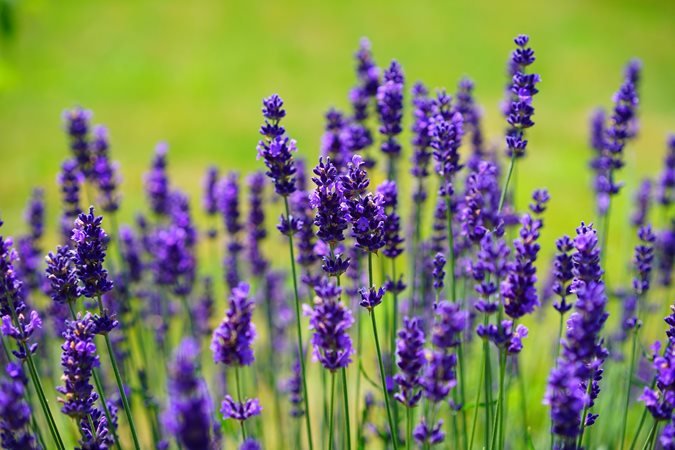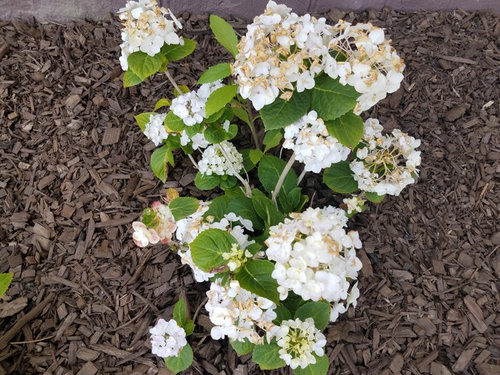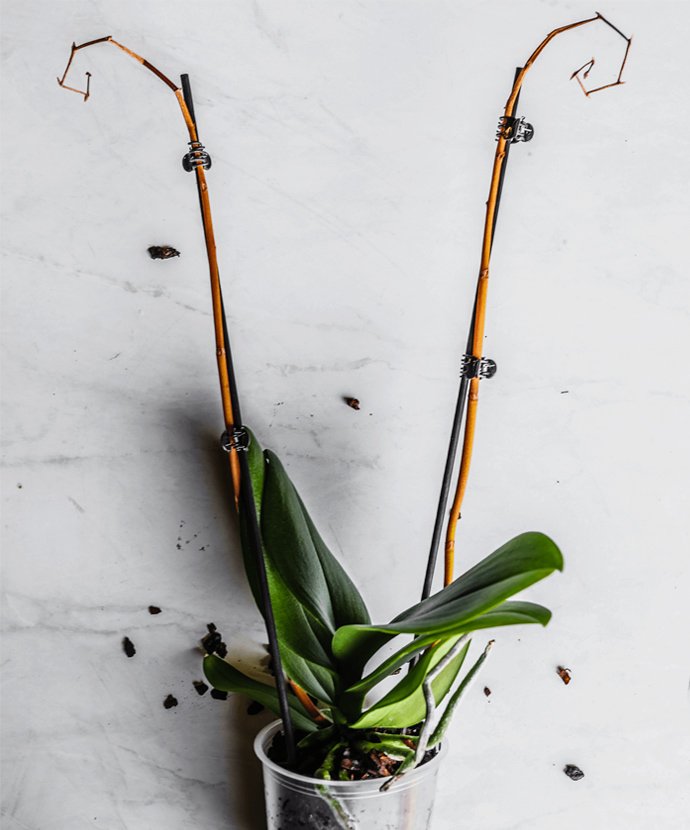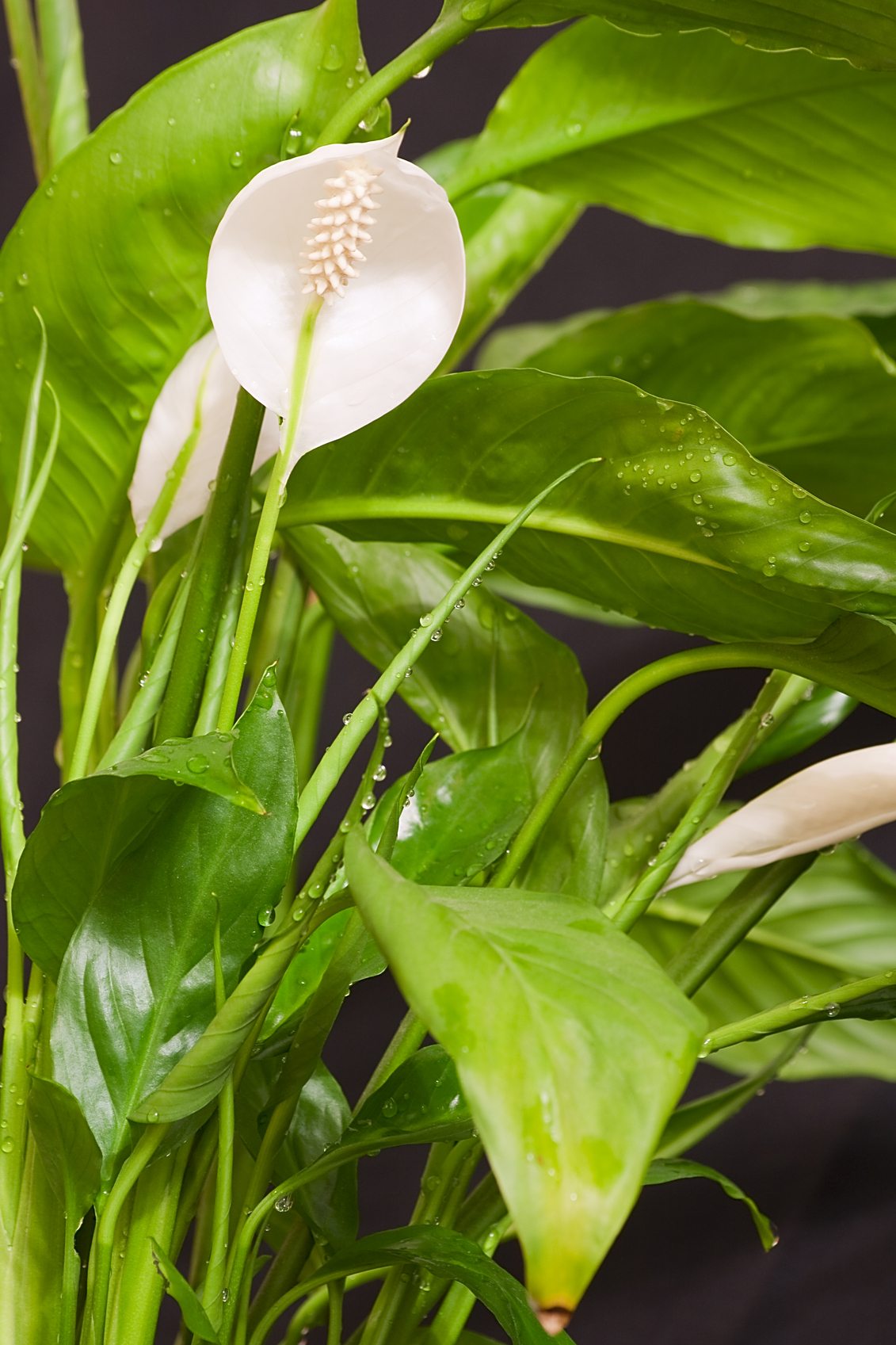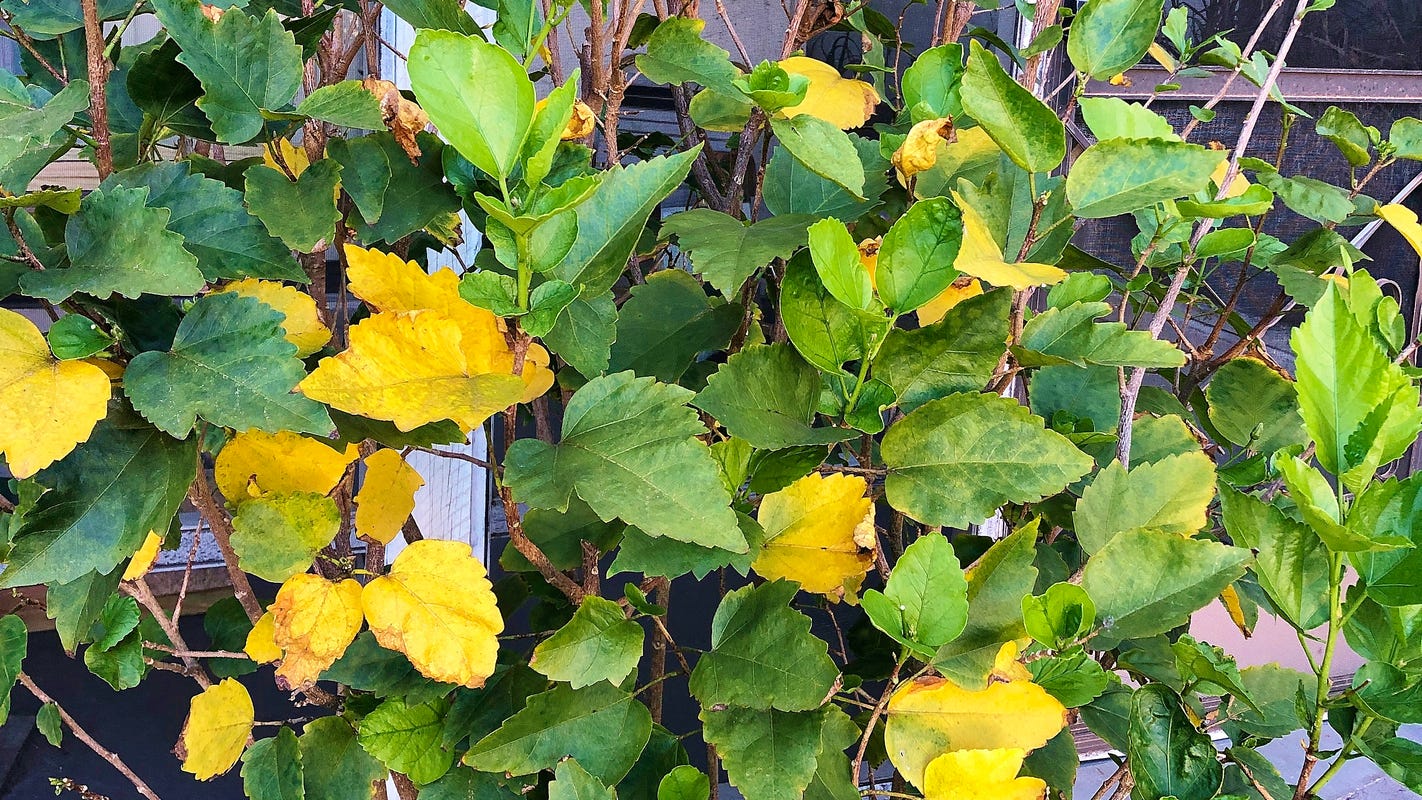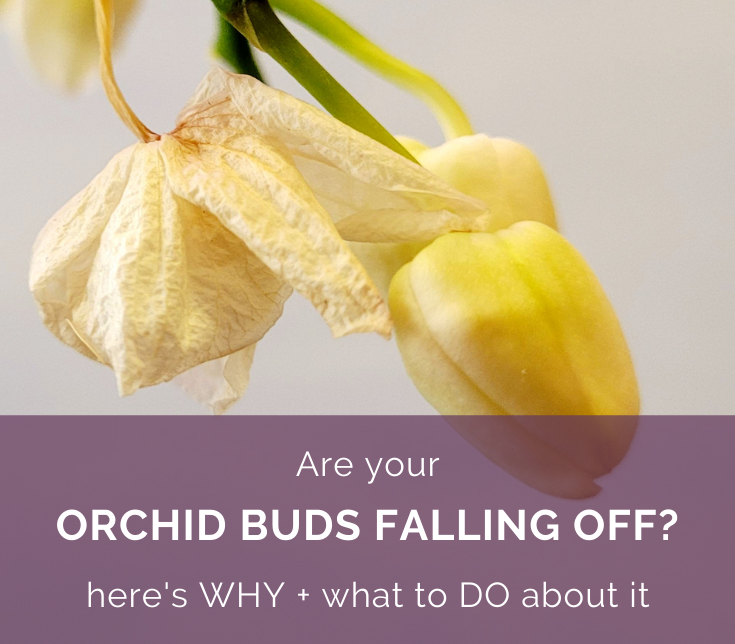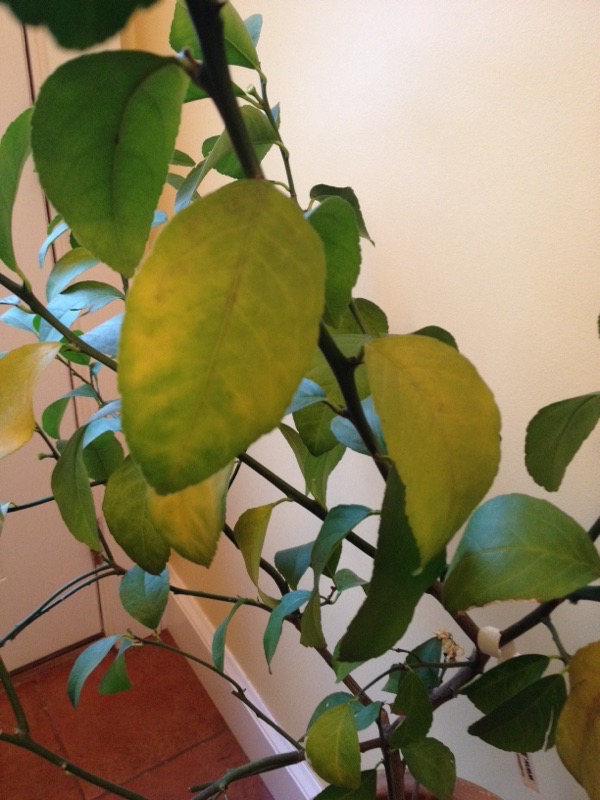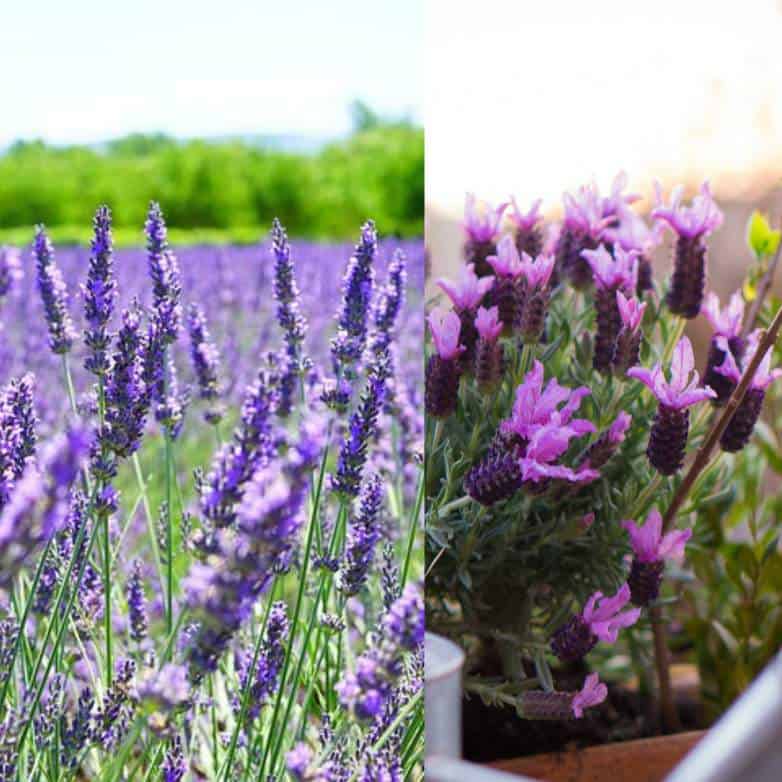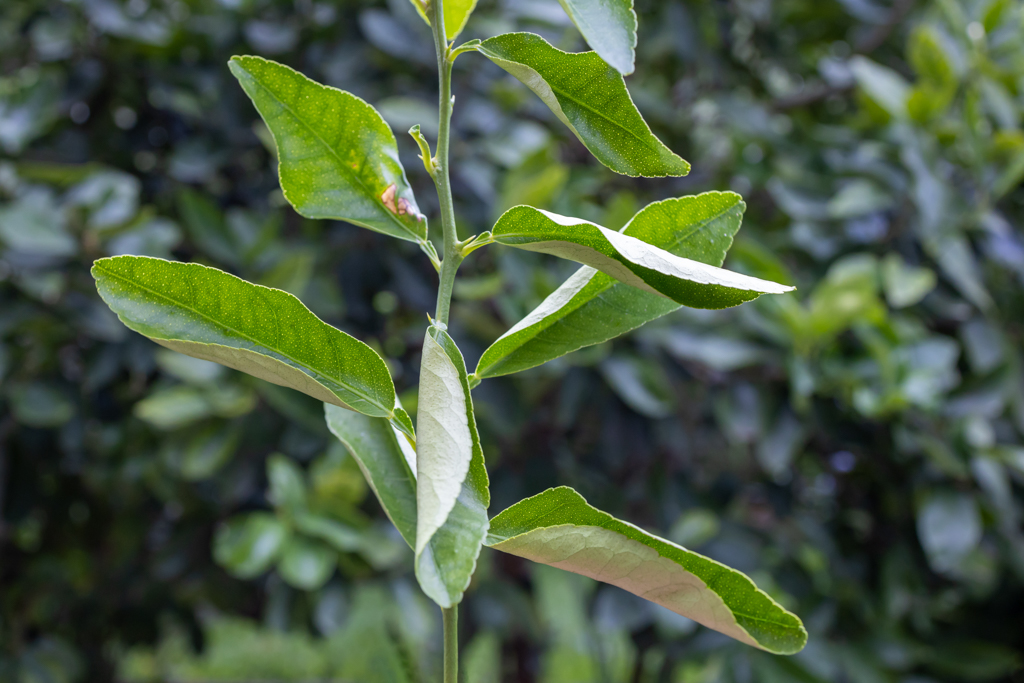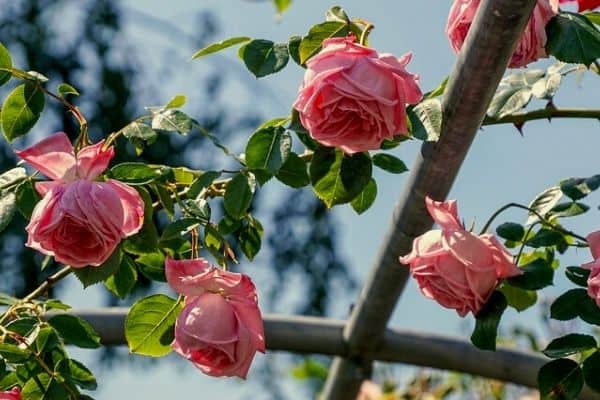Are Lavenders Annuals or Perennials?
Because some lavender plants only live for one season in some regions or under unfavorable conditions, they are frequently mistaken for annuals. However, lavenders are perennial plants that, with the proper care and winter protection, can survive up to 15 years (depending on the cultivar). The semi-woody perennial subshrub known as lavender grows and flowers …

